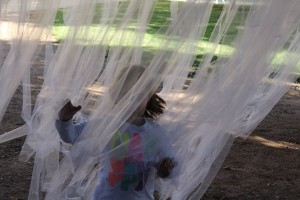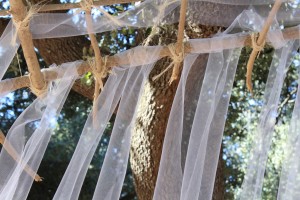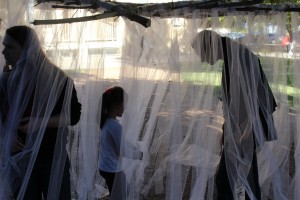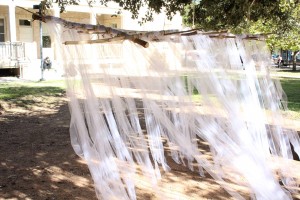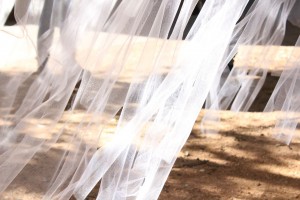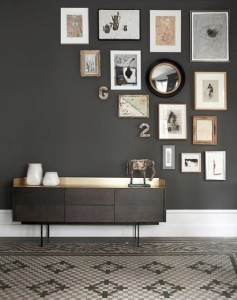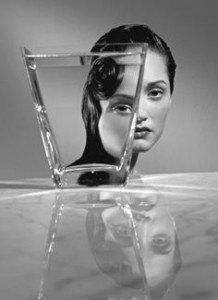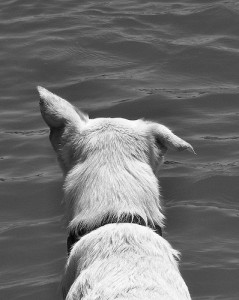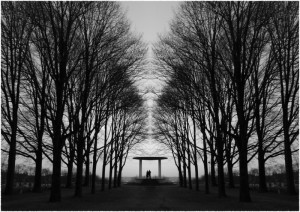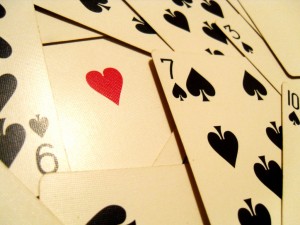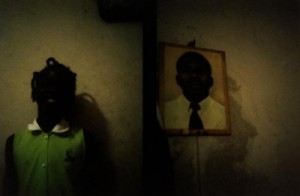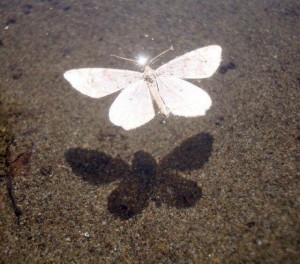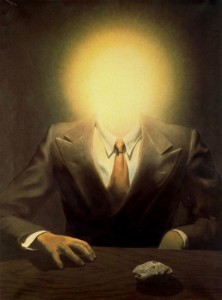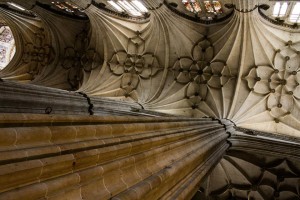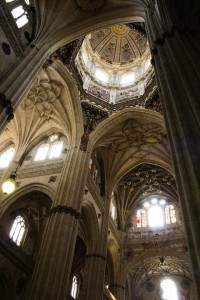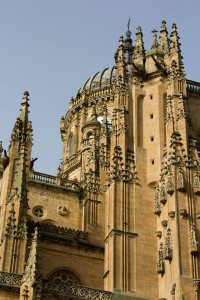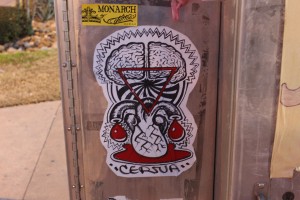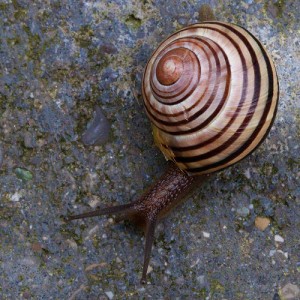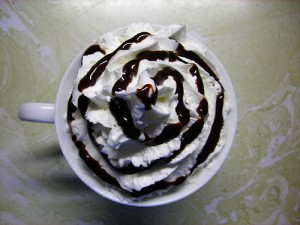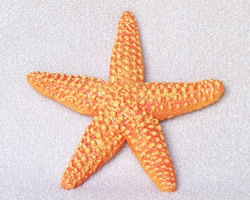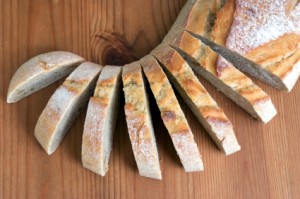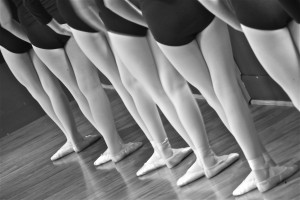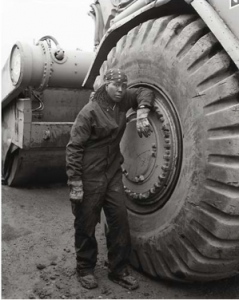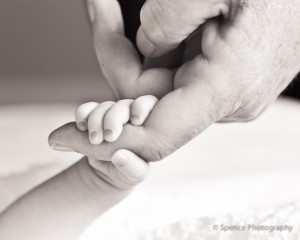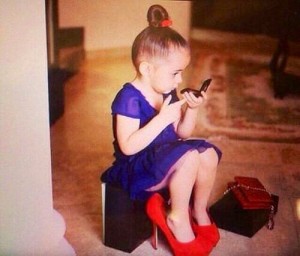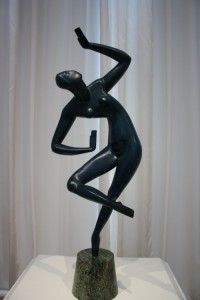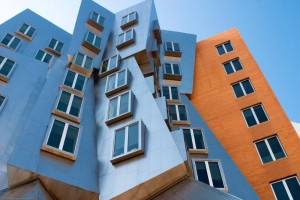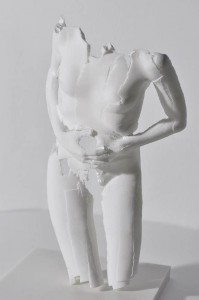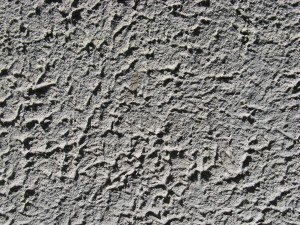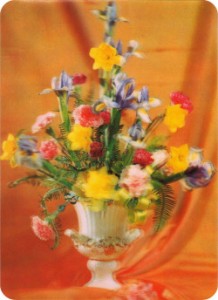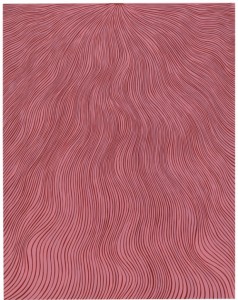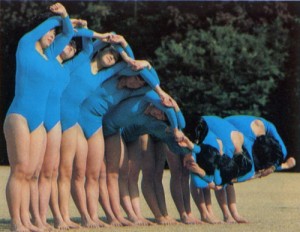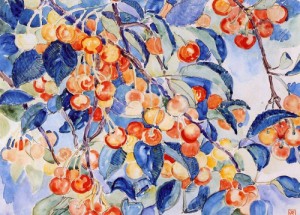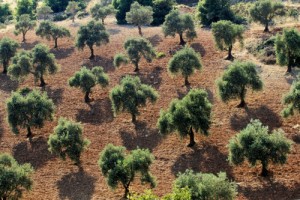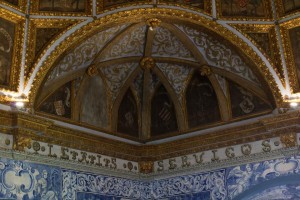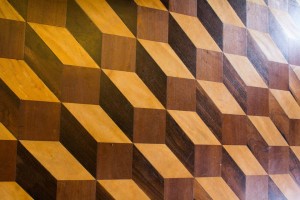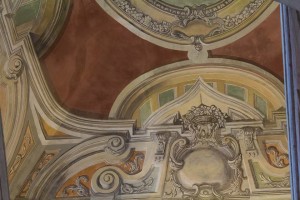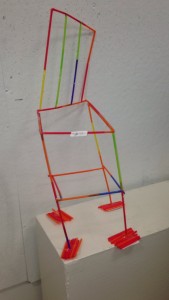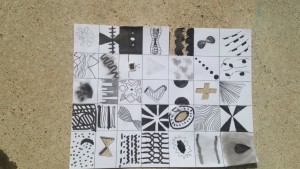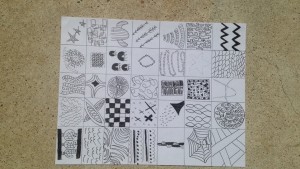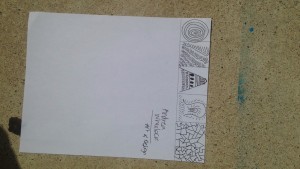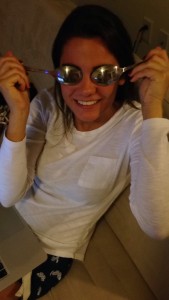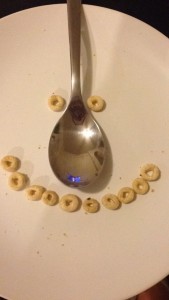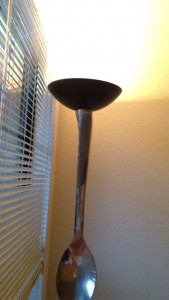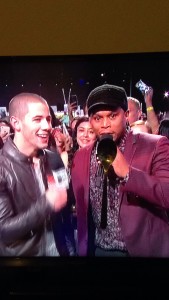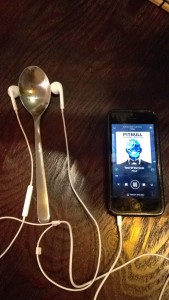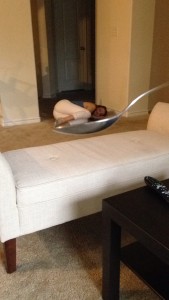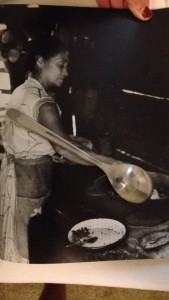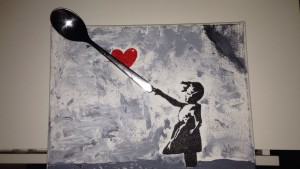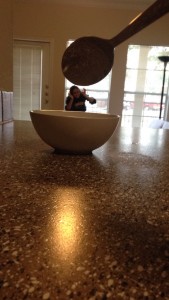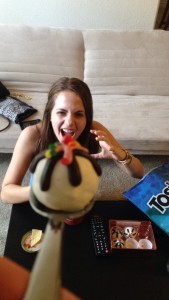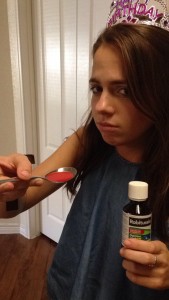- How did your group approach the concept of shelter? Was it successful? Why?
My group approached the concept of shelter with childhood. We looked back in our childhood, and remembered that we used to perceive everything so much different from how we do now as grown ups. Most of the times we felt protected, and even at times that we were scared, we would still feel secure because of our parents/siblings/friends. Everything that was within our reach, we could use it to play, even though some of the materials were not necessarily made for children, it would totally work because of our imagination.
We built a “fort”, as most of us used to do back in our younger years, with the materials someone can often find in their house/backyard (branches, fabric, rope). We decided to hang the fort from a tree, so that way the transparent fabric would fall down; that would make someone feel protected, yet not enclosed. We had the feeling that it was really successful since many people really liked it, and when we explained what it was, they would even get excited. Also, we think that it was successful, because of how we linked the concept of the shelter with childhood would make a child happy, and it did. (As we were presenting our project, a little girl was happily playing with it.) - What was the group budget for the project? Where did you source your materials and how did they cost?
The budget for the project was $30, but we only spent $13.50. We were able to find all of the branches in Blunn Creek, so they were free. The tulle we were able to find it in Michael’s for $5 (we bought two) , and the twine in Home Depot for $3.50. - Was the workload equal? Explain.
The workload was pretty much equal. We all went together to gather the materials and while building it up we all tied all of the branches to build the roof, and also tied all of the tulle so it would hang equally. - What was the strength that you added to the group, your weakness?
The strength that I added to the group was the looks. Designing on how should the tulle be hanged so it would look pretty, and not messy. My weakness was that I should have provided more ideas. - What role did you find you played in the group dynamic?
I felt like the perfectionist of the group, because even though we knew we had to hang the tulle, we were not sure on how to do it to make it look nice and pretty, so I decided to do it as curtains, and to intertwine the tulle in the roof evenly , so the tulle would look cool, and the project as a whole.
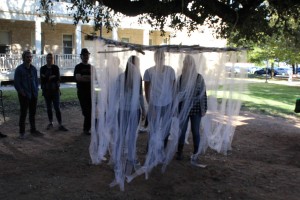
- What advice would you give to the next group that must complete this project?
Enjoy while working with your project, and know that while you are working on it, more ideas will flow, so you will not end up with the idea that you thought you would at first.
ARTS 1311: READING #3
1. Based upon the readings the word design comes with many definitions. Across all the readings what are some examples of these differences?
The readings provided different meanings for the word design. Some of them showed how the meaning of the word has been changing throughout time, depending on the people that uses it, according to their ideas and culture. Others explained it as a solution to problems, since design requires thinking, always providing new ideas, and making them happen by using creativity. Another definition given to the word was that design can prove if something is of good value or not, judging by the design of an object/thing.
2. How does misunderstanding or rather multiple definitions of a singular word effect how we perceive design? Be sure to reference the four articles.
Greenberg says that design is something different than art, implying that it is defined by people who do not know art. He is bias in a negative way towards design. Paul Rand explains it as a problem solving, because he sees design as something efficient. Hal Foster sees it as a modern thing, which can adapt to different cultures. Flusser explains it with its literal meaning by explaining how there are different definitions of design, and also with its’ greek roots. The different definitions given to the design influence on how we perceive the word, usually, people tend to go for the definition that they feel more familiarized with. This means that the word has multiples sides to it, and over time, the word will keep generating different meanings, and maybe even new ones. Design is complementary, meaning that it is connected with other fields, and that is why it is perceived differently to other people.
Personal Reflection:
1. How do you suppose you could better prepare yourself as a maker of aesthetic objects/ideas?
The best way to better prepare myself as a maker of aesthetic objects / ideas is to get to know the different types of design, to let my creativity and ideas grow. Then get to know my skills and what I would have to offer. And then just listen to critiques, to actually know what people think of my objects/ideas, and take them into consideration, to become better.
2. What are things you currently do to practice your creative muscle?
For a few months now, I have been trying new activities to develop new skills. Not so long ago, I joined a painting class, and that way I have been able to get closer with art. I have been dealing with paintings, and now I know what are things about art that I like, and what are ones that I don’t like working with.
ARTS1311 Reading #2
Andrea Wheelock
ARTS1311
Prof. Robinson
12 Oct, 2015
Reading #2
Based upon the reading how are priorities set for specific projects? Or in other words, what is it that determines the guidelines for given projects?
Everyone knows that priorities are set from most important to least important. However, there are times in which our attention is driven to the greater parts of the project, making us think that those are the most important parts of it. We tend to forget about all the small steps we first have to go through, in order for the “most important” things to happen. These small steps should be considered as important as the big parts of the project, or even more so. Such as in the curatorship of What If, written by Maria Lind, where she first had to look at the art, its structure and what it portrayed, before knowing where to put it.
However, what determines the guidelines for specific projects depends on the people and their point of views. What they believe is most important to do, or what is most important to display with their piece of art. For example if they want to express something with their art, they will follow what best suits their project, without caring about what people will actually feel with the art. Or others may want the viewers to feel something specific, then they will follow a different set of steps in order to accomplish their goal.
2. How does the artist/ designer approach decision making differently or do they? A designer responds to someone’s expectations by using their skills to brainstorm ideas and come out with one that can fulfill their need. An artist always wants to express what he wants in whichever way it seems easier for him to do. He does not always plan what he is going to do, but just does it and keeps doing it until it satisfies what he wanted to express.
Personal Reflection
1. How do you make decisions? Are they based upon anything substantial? Why or why not?
Yes, my decisions are based on how important something is. But I also tend to look at the bigger picture to see how my decisions will affect my life, and how they will reflect on me. I tend to see what the options are, or how I can create an idea, then picture it on how it will work out, and then I decide whether to do one thing or the other.
2. How do you know when something is “good” or working?
I know when something is good when I feel satisfied with the work done, since it fulfilled all of the requirements. I know when something is working because nothing has gone wrong, and it is responding to all of the questions/requirements on hand.
3. How do you rework projects to make them work?
I tend to see at all the information it contains, evaluate it to see if that information is still valid, and then remove all the information that is not needed anymore, or that up to this date, does not work anymore, and I replace it with what is up to date, in order for it to make sense again, and so it can work again. Then I look at the contained data again to check if it has any problem or mistake, and then correct them. I evaluate it one more time. Then I continue with the project and I add more new ideas.
Concepts and Images (Dictionary)
– Asymmetric: Unequal distribution of balance.
– Symmetric: Equal distribution of balance.
Color: Refraction of light with certain hue, saturation, and value.
Emphasis: Importance of a certain element of the composition. Focus of the subject.
Light: Creation of contrast.
Mass: What creates volume (the actual “material body”).
Line: Connection between points (physical, visual, or mental points).
Plane: Flate surface generated by two axes. When adding a 3rd axis it appears a 3rd plane that generates 3D space (or its illusion).
Radial: Symetry or asymetry in relation to a central point.
Rhythm: The way motion/time relates to space.
Scale/ Proportion: Size related to the whole or norm. Scale is between object and other(s). Proportion is between object and itself.
Shape: Relation between the object and the space it occupies.
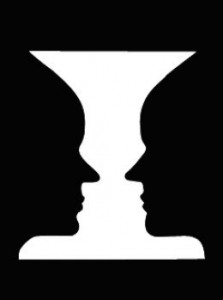
Space: Area where objects are distributed.
Texture: Feeling of the material/surface that an object is made of. It can be physical or visual.
Time/ Motion: Vector/path of perception.
Unity/Varity: Interaction of objects in the space. When unified the interaction is harmonic, when they vary the interaction is diverse.
Value: Difference between intervals of light.
Volume: Relation between the shape and the space.
4D COMPONENT (LINE IN TIME)
https://drive.google.com/file/d/0BxAcF701To0JcDBjUTd6T3NJaVE/view?usp=sharing
I believe that this fall can be represented as a line in time because of the different phases it goes through. It is a chronological line because first I am standing up in the bed, and as I let myself fall in the bed, although it is not an actual line, it is an implied line that draws the direction that I am falling in. The time implies the change as something moves from one place to another, thus, this fall represents a line in time because it has a beginning (the person standing up) and an end (when the person lays on the bed), and between those two there is a present time, which means that it is always moving forward, as I am moving in a direction to the bed.
Sculpture
Marks and Lines Inventory (75 patterns)
ARTS1311 Reading #1
1. What is the purpose of a designer, do they always work for a stakeholder?
The purpose of a designer is to respond to someone’s expectations by using their skills to brainstorm ideas and come out with one that can fulfill their need. And yes, most of the time they work for stakeholders.
2. Is the artist always a self-expressive narcissist?
Yes, an artist always wants to express what he wants in whichever way it seems easier for him to do. He does not always plan what he is going to do, but just does it and keeps doing it until it satisfies what he wanted to express.
3. Can the designer/artist exist?
No, because while a designer wants to satisfy someone else’s needs, the artist satisfies its own. A designer has a set process in which he knows he will be working with so he can “solve” the “problem”. An artist doesn’t and just works with no rules, but with inspiration based on something (physical, emotional, personal, etc.)
Personal Reflection
1. What is your personal view of the difference between the designer and the artist?
My personal view of the difference between the designer and the artist is that the designer has to work within certain rules which he must follow, he works with instructions and specifications. On the other hand, the artist expresses what he feels about something through his work, and doesn’t have to prove anything to anyone (clients, public, or contractors.) Just to himself.
2. Which are you, why?
I believe I am a designer because I can offer my skills to people, and I can engage my work to how they would like something to be. I can give ideas to satisfy people’s needs by brainstorming whatever they would like me to do. I like to work within certain rules.
